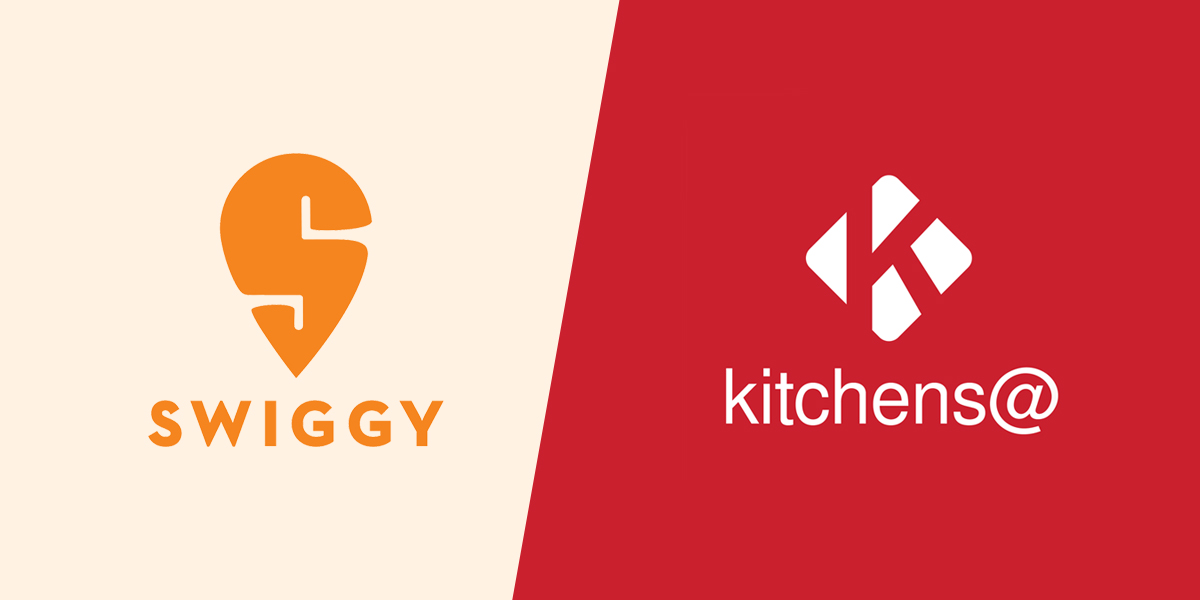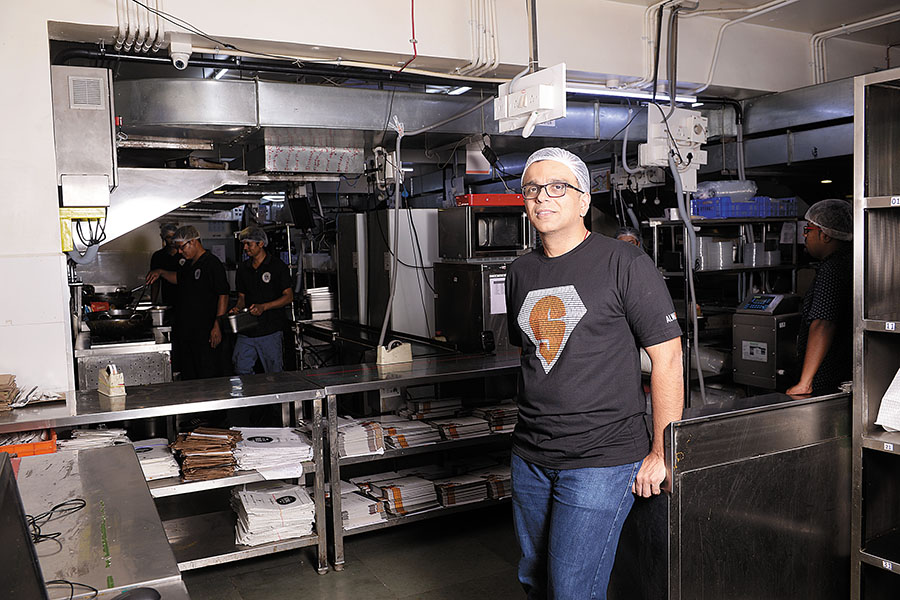What Can Be Swiggy’s Special Recipe For A Successful IPO?
Swiggy plans to raise $1 billion through its IPO, and market valuation will be an important criterion. Swiggy's net profit has improved in recent years, restoring investor confidence in the company. As a result, the company's market valuation increased. Swiggy's value should be similar to Zomato's, based on market share and overlapping operations, but more clarity will appear, relying on more financial measures.

Swiggy, the Softbank-backed food delivery company, had presentations with a slew of investment banks earlier in September because the company worked to finalise advisors and prepare for an IPO in 2024. On September 5th, the virtual beauty parade of investment banks for the Swiggy IPO took place. They started this in early 2022 but postponed it since they wanted to strengthen the profitability matrix. With a new IPO panel in place, the aim is to review the plan with fresh eyes. Swiggy was said to have picked ICICI Securities and JP Morgan to be the consultants for an IPO worth more than a billion dollars on March 8, 2022.
Swiggy raised $700 million in fund rounds in Jan. 2022, at a valuation of $10.7 billion. After two consecutive markdowns, Swiggy was recently valued at roughly $5.5 billion by investor Invesco, while Baron Capital valued it at around $7.3 billion. Other investors that have backed Swiggy include Alpha Wave Global, Qatar Investment Authority, and Prosus. Swiggy’s market share in the food delivery industry was 45 per cent in CY 22, according to a note issued in June 2023 by Kotak Institutional Equities, compared to rival Zomato’s 55 per cent. Swiggy reported that its food-delivery service became profitable in the March quarter of FY23 after deducting all corporate expenditures, excluding employee stock option (ESOP) charges.
Swiggy plans to raise $1 billion through its IPO, and market valuation will be an important criterion.
The firm will engage in multiple investment rounds to do this. According to reports, the business has already received investment from 40 investors, 14 of which are lead investors. Swiggy’s net profit has improved in recent years, restoring investor confidence in the company. As a result, the company’s market valuation increased. Samsung Ventures, Tencent Holding, Wellington Management, and Accel Northwest Venture Partners & SAIF Partners are the major investors in Swiggy ahead of its planned IPO. So far, the corporation has garnered $3.6 billion in capital.
Swiggy’s main problem is its market valuation, which has been skewed in recent years. Although the portion is yet to be finalised, the issue size should be at least a billion dollars. Swiggy’s value should be similar to Zomato’s, based on market share and overlapping operations, but more clarity will appear, relying on more financial measures.
Another factor is company’s unlisted shares, whose value influences the company’s financial success. Swiggy’s total income from meal delivery is expected to be over $12.14 billion in 2022, according to corporate data. Swiggy’s revenue is expected to reach $20 billion in the next five years, according to several predicting projections. The firm is not listed on the stocks and only provides Swiggy unlisted shares for trading on the grey market. The price of its pre-IPO shares is determined by market valuation.
Swiggy’s Plan To Increase Its Market Valuation.
The company’s financials determine the pre-IPO share valuation and price, mainly the market valuation. Here are Swiggy’s potential future plans to increase its market valuation.

Collaboration With Kitchen@.
Swiggy has a sophisticated food delivery infrastructure, making it a great participant in the meal delivery industry. In addition, before the launch of its IPO, the business will fill all outgoings. Swiggy Access is one of its business verticals that the firm planned to eliminate through a collab with Kitchen@, a cloud kitchen startup. Swiggy’s brand worth may grow due to this decision and its market valuation.
Swiggy Access was founded over a decade ago to provide restaurants with a plug-and-play kitchen-as-a-service solution for establishing their cloud kitchens. According to one source, this deal will be a share swap in which Kitchens@ would be valued at around USD 40 million, and the Access business will be valued at USD 10 million. Swiggy’s own private labels will also evolve clients of Kitchens@ in select places as a part of the agreement.
Why is the Access planned to be cut off from the business?
According to sources, access was a solid entity in terms of concept and model. “The most difficult issues for restaurants are real estate and labour.” That is what it was trying to do. The problem was its long gestation period, as in the case of most infrastructure-heavy businesses, adding that Swiggy was burning between USD 3 million and USD 5 million/month on this section at its height.
The most challenging concern was that the real estate company bought for Access was quite pricey. The cost/square ft and revenue/square ft were quite different. The corporation eventually discovered that it was more of a real estate business than a culinary one. It wasn’t fantastic in terms of value.”
According to another source, the corporation has concluded that the kitchen industry is not viable for the time being. The company imploded. It had something to do with the exorbitant cost and its failure to produce the desired number of daily orders per kitchen within the specified time range.
Swiggy has drastically reduced the size of its cloud kitchens during the first wave of Covid-19. At an occasion, CEO Sriharsha Majety said that the business has closed three-fourths of its cloud kitchens.

In December of last year, the online food ordering and delivery platform closed its cloud kitchen brand, The Bowl Company, in Delhi-NCR after trying multiple models of running it independently and through third parties, despite the company’s claims that it has been doubling down on its own cloud kitchens and private labels. According to corporate insiders, some of its private brands, like The Bowl Corporate and Soul Rasa, have grown nicely in southern cities.
Swiggy’s own brands (those that cook food in their own kitchens and sell it to end consumers) generated INR87.5 crore in FY22 (up from INR66 crore in 2022), while operating expenditures were INR65 crore.
Look for New Locations.
The company’s strategy to increase its market worth also includes expanding into new geographical areas. Swiggy’s meal delivery network now targets 500 cities in India. According to reports, the corporation intends to expand into other markets, especially foreign ones. Swiggy will also collaborate with new companies in the future, which will aid in optimising operation costs.
Increasing Dine-Out Options.
Company’s recent expansion of its dine-out services is one of its important attempts to increase its market worth. To improve revenue, it may make these services available to all of its users. Furthermore, the corporation will prioritise cost-cutting and client retention. However, Swiggy has not stated when it plans to make this service available to all of its consumers.
Making Instamart Profitable.
According to insiders, Swiggy has seen a considerable improvement in Instamart’s economics over the July-September quarter. Encouraged by the degree of efficiency [customer acquisition cost and repeat purchases], the firm has set an internal aim of profitability for Instamart by March-April 2024. Profitability at Instamart will pave the ground for the firm to be listed by August-September 2024. If the firm can get Swiggy Instamart back into the green, it will be a type of turnaround after bleeding severely in 2022, paving the door for a favourable market valuation.

Is it good to Invest in Swiggy Unlisted Shares Before the IPO?
Swiggy’s IPO is approaching, and investors should begin studying its performance before making an investment choice. The company’s IPO might commence in early 2024. As a result, it is an excellent chance for investors to purchase Swiggy unlisted shares, the value of which may improve after the firm is listed. Unlisted firm shares are less risky and provide a strong return in the long run.
How does this industry work profitably?
When a supermarket or fast-food business aims for profitability, it typically means one of two things. That it has reached what it deems a sustainable level of recurrent usage, at which point it may consolidate for a while before attempting to attract new users again. Second, the expense of each additional user from this point forward is unsustainable. Accepting this and aiming for profitability will generally result in significantly reduced expenditures associated with user acquisition and marketing. If this does not result in profitability quickly, the firm must consider a new round of investment or a buyer for itself.
Conclusion.
The online food ordering has been lowering costs and firing off over 400 staff in a round of reorganisation. It had shut down its subscription-based morning delivery service, Supr Daily, in all cities save Bengaluru in May of last year.
Given Zomato’s public market collapse (whose market cap is now about half of Swiggy’s value), Swiggy would need to display firms that are either profitable or ramping up exponentially if it wants to justify its valuation during its IPO.

Regardless of how well-funded it is. Swiggy is a startup that has established a strong enough market position to warrant an IPO. Let’s believe it will make sense in FY25, allowing it some time to ensure that growth momentum (which significantly influences valuations) does not fall off too dramatically in the pursuit of breakeven.




